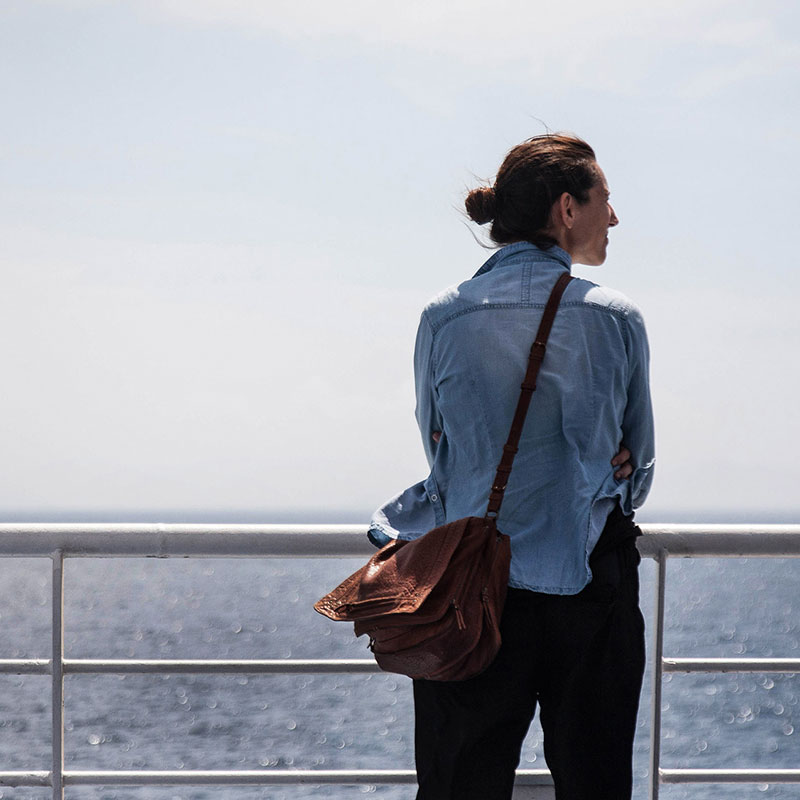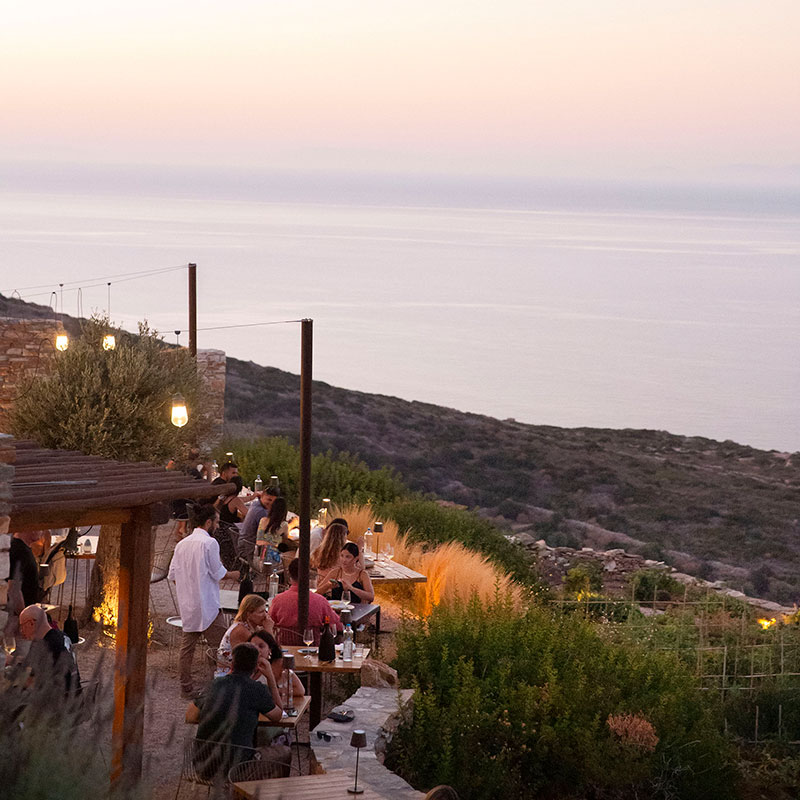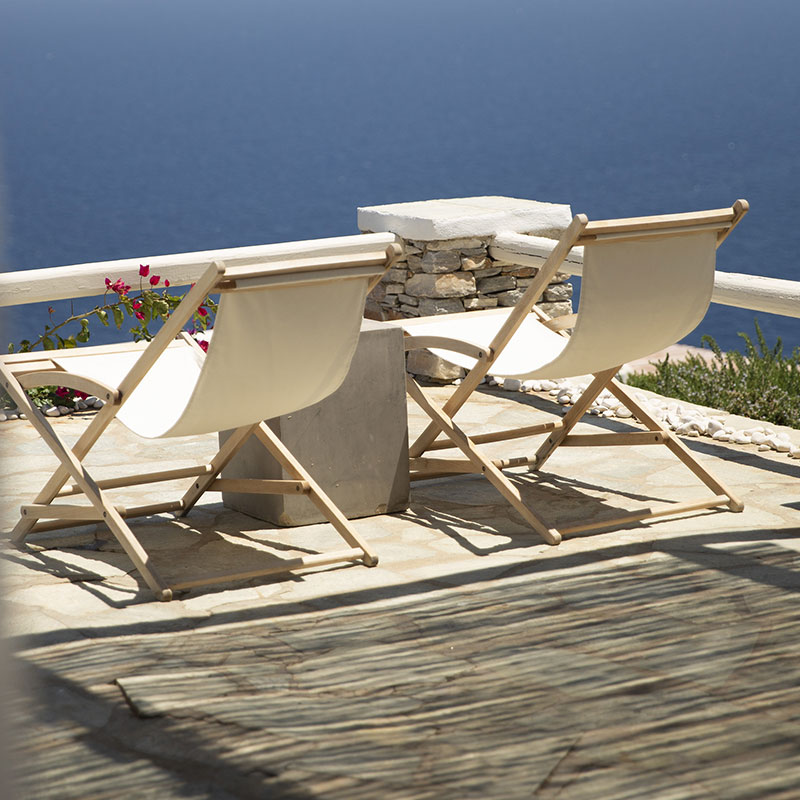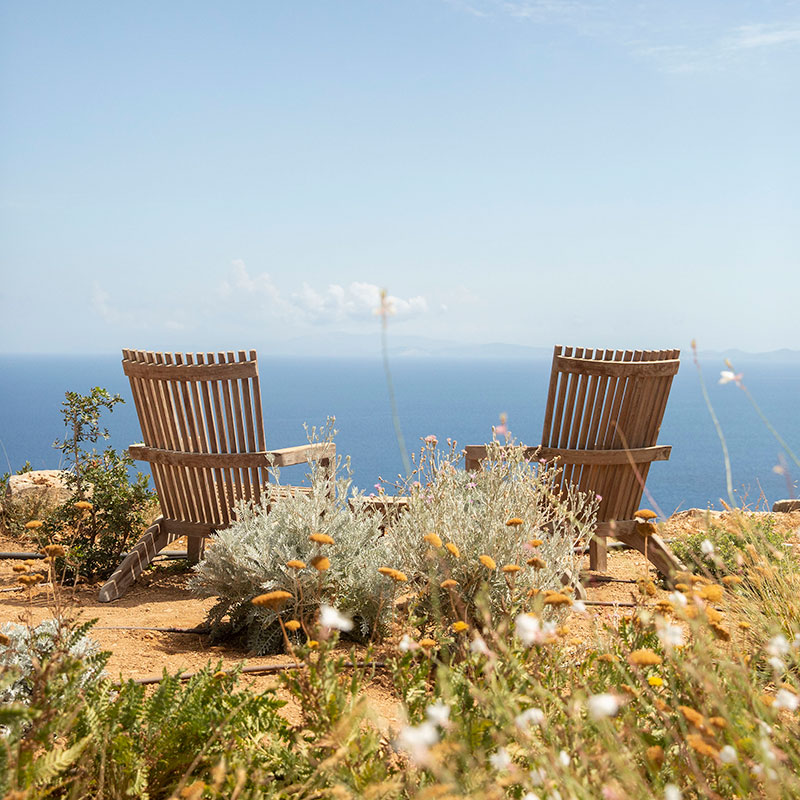A visit at the ancient citadel of Agios Andreas
Sifnos has a very long and impressive history. Probably the most important testimony to its ancient heritage is the archaeological site of Agios Andreas. The site is located on the top of a hill on the way to Vathy from Apollonia. The spot was first discovered in 1899.
In 2012, the conservation project of Agios Andreas received the Europa Nostra Heritage Award as an excellent example of display and enhancement of archaeological remains, fully excavated but neglected and incomprehensible to the visitor. Through the implementation of the project a well-organized archaeological site has been created, with antiquities well preserved and accessible to the wider public. The site provides valuable information on the life, beliefs and activities of the inhabitants of an important settlement of the Aegean Sea, one of the cradles of European civilization, during the Mycenaean (13th-11th c.BC) and the successive Geometric and Archaic (8th-6th c.BC) periods.”
The monumental Mycenaean citadel, founded in the thirteenth century BC in a dominant and strategic position at the top of Agios Andreas hill, is the first organised archaeological site on the island of Sifnos organised to be open to visitors. The fortification is a particularly sophisticated and complex system of defensive architecture that is unique in the prehistoric Aegean. During the course of the project, the greater part of the citadel was uncovered, revealing both the Mycenaean wall and the dense urban tissue of the Geometric and Archaic periods, including a large sanctuary and other buildings and streets, as well as an abundance of moveable finds.
The final objective of the project was to create a fully accessible archaeological site that was suitable for visitors and which had facilities for the protection and enhancement of the antiquities, while ensuring that all constructions and interventions were designed and executed in harmony with the hill’s natural environment.
You may want to drive to the top of the hill or take the old path. The climb is not particularly steep and it will take you about 25 minutes. Whatever route you decide to take, it is really worthwhile: you will not only visit the awarded archaeological site but you will also absorb the breathtaking views from this special vintage point and marvel at the peaceful co-existence of the whitewashed Christian church of Agios Andreas (built in 1701) with the ancient ruins.
Source: europanostra.org











